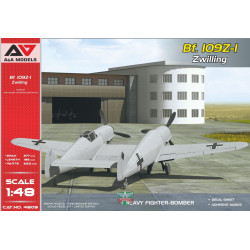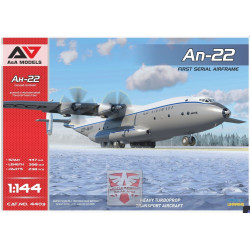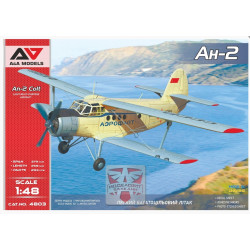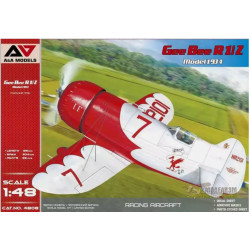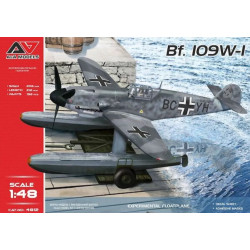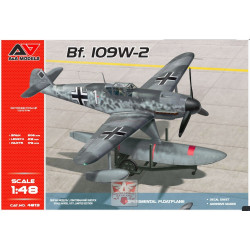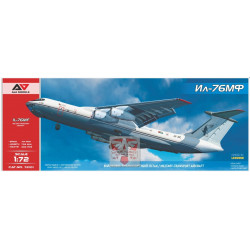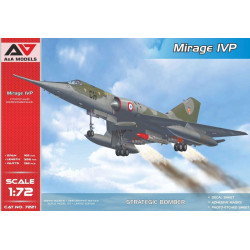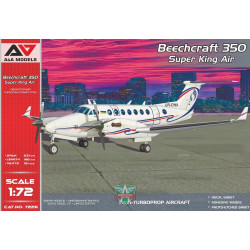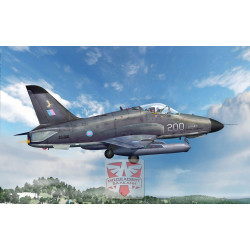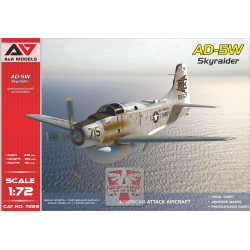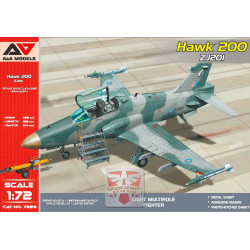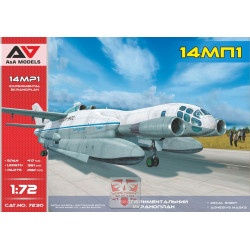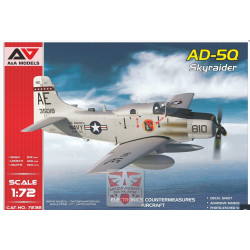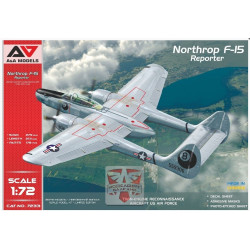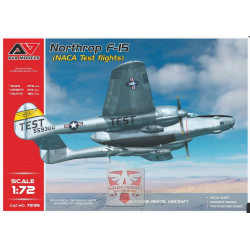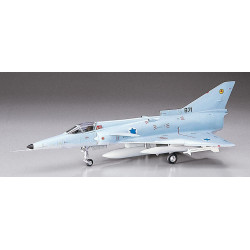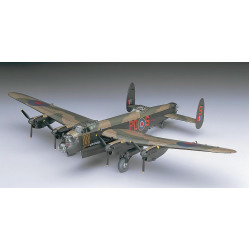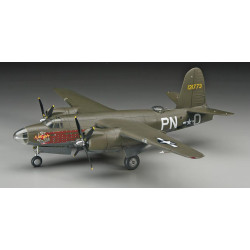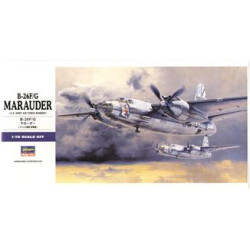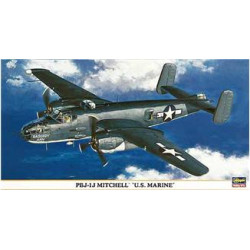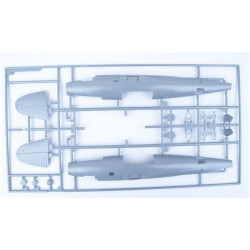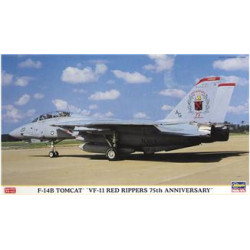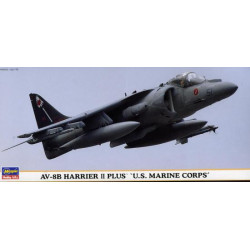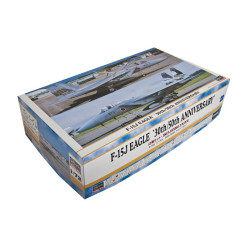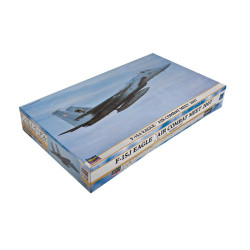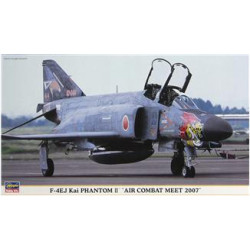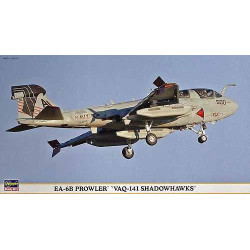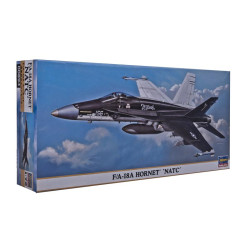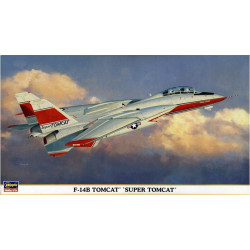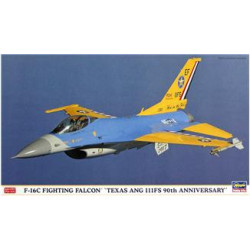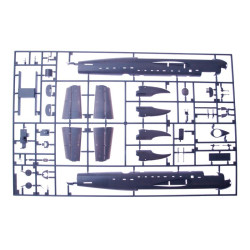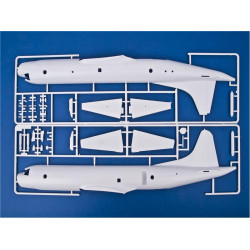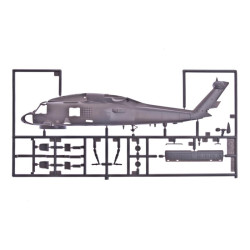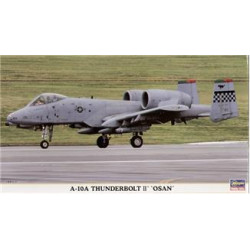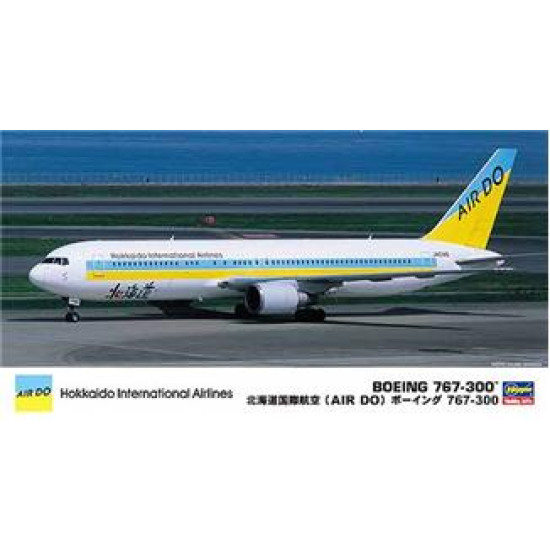
Boeing 767-300 Hokkaido International Airlines
1/200 Aircrafts, Planes
Hasegawa 10712
Manufacturer: Hasegawa
Scale: 1/200
Material: Plastic
Paint: Unpainted, Unassembled, Kit do not contain paints and glue.
Condition: New in Box
The Boeing 767 is a mid- to large-size, long-range, wide-body twin-engine jet airliner built by Boeing Commercial Airplanes. It was the manufacturer's first wide-body twinjet and its first airliner with a two-crewglass cockpit. The aircraft has two turbofan engines, a conventional tail, and, for reduced aerodynamic drag, a supercritical wing design. Designed as a smaller wide-body airliner than earlier aircraft such as the747, the 767 has seating capacity for 181 to 375 persons and a design range of 3,850 to 6,385 nautical miles (7,130 to 11,825 km), depending on variant. Development of the 767 occurred in tandem with a narrow-body twinjet, the 757, resulting in shared design features which allow pilots to obtain a common type rating to operate both aircraft.
The 767 is produced in three fuselage lengths. The original 767-200 entered service in 1982, followed by the 767-300 in 1986 and the 767-400ER, an extended-range (ER) variant, in 2000. The extended-range 767-200ER and 767-300ER models entered service in 1984 and 1988, respectively, while a production freighter version, the 767-300F, debuted in 1995. Conversion programs have modified passenger 767-200 and 767-300 series aircraft for cargo use, while military derivatives include the E-767 surveillance aircraft, the KC-767 and KC-46 aerialtankers, and VIP transports. Engines featured on the 767 include theGeneral Electric CF6, Pratt & Whitney JT9D and PW4000, and Rolls-Royce RB211 turbofans.
United Airlines first placed the 767 in commercial service in 1982. The aircraft was initially flown on domestic and transcontinental routes, during which it demonstrated the reliability of its twinjet design. In 1985, the 767 became the first twin-engined airliner to receive regulatory approval for extended overseas flights. The aircraft was then used to expand non-stop service on medium- to long-haul intercontinental routes. In 1986, Boeing initiated studies for a higher-capacity 767, ultimately leading to the development of the 777, a larger wide-body twinjet. In the 1990s, the 767 became the most frequently used airliner for transatlantic flights between North America and Europe.
The 767 is the first twinjet wide-body type to reach 1,000 aircraft delivered. As of December 2013, Boeing has received 1,110 orders for the 767 from 71 customers; 1,061 have been delivered. A total of 838 of these aircraft were in service in July 2012; the most popular variant is the 767-300ER, with 582 delivered; Delta Air Lines is the largest operator, with 94 aircraft. Competitors have included the Airbus A300, A310, andA330-200, while a successor, the 787 Dreamliner, entered service in October 2011.
Boeing 767
Delta Air Lines Boeing 767-300 during takeoff
Role
Wide-body jet airliner
National origin
United States
Manufacturer
Boeing Commercial Airplanes
First flight
September 26, 1981
Introduction
September 8, 1982 with United Airlines
Status
In service
Primary users
Delta Air Lines
American Airlines
United Airlines
All Nippon Airways
Produced
1981–present
| General Product Info | |
| Material | Plastic |
| Scale | 1/200 |
| Type | Civil |
We have the lowest worldwide shipping. And it's totally simple.
EUROPE, USA, CANADA TURKEY, ISRAEL, EGYPT, UE CHINA, JAPAN, HK, S.KOREA | AU NZ MX South America, Asia | |
| Order weight up to 0.22kg or 0.48lb | US$ 8.90 | US$ 8.90 |
| Order weight up to 0.44kg or 0.97lb | US$ 13.95 | US$ 17.90 |
| Order weight over 0.44kg or 0.97lb | US$ 19.99 | US$ 29.99 |
| Order total over $150 | FREE | PROMO US$ 19.99 |
Shipping to some countries not qualifies for the free shipping option but costs not over $29.99 for any sized order. Sorry for that, your location is too far.
- Stock: Out Of Stock
- Model: HA10712
- Weight: 0.50lb
- DATE ADDED: 08/04/2014
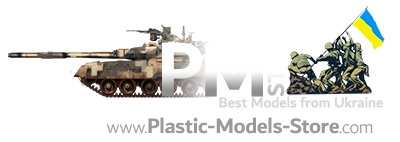


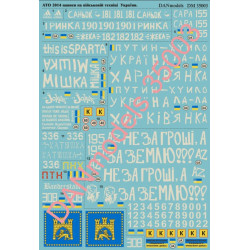
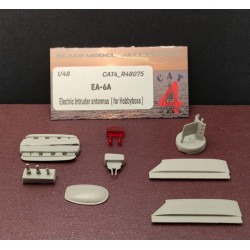



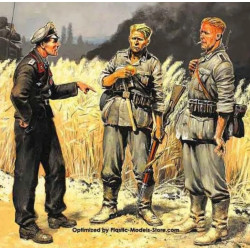



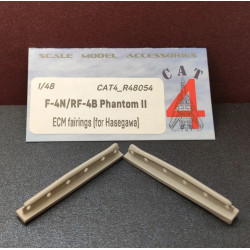
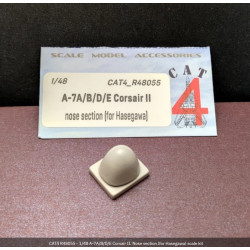

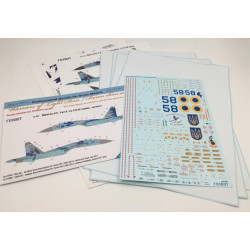
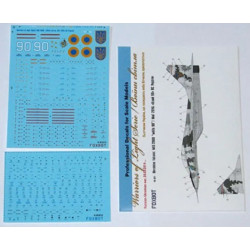

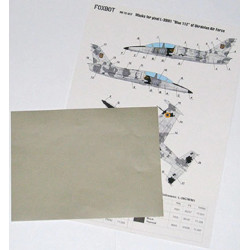
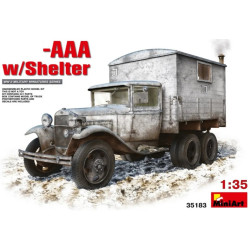


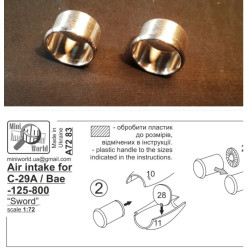
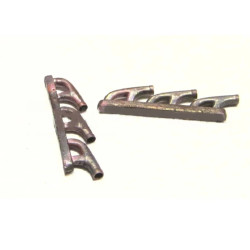
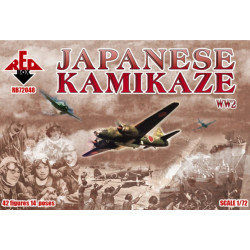





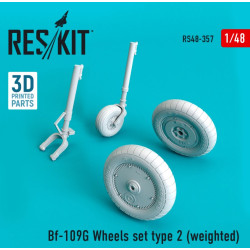


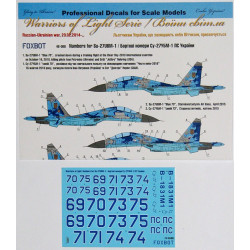
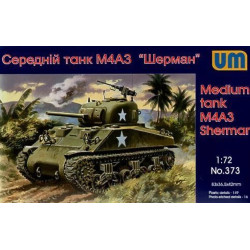









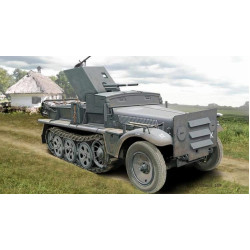
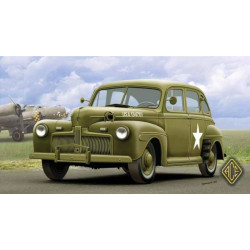
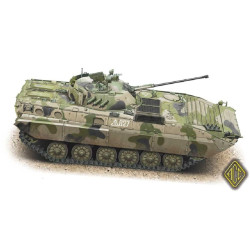
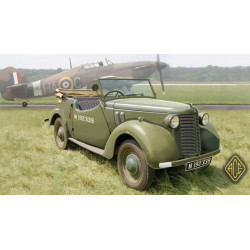
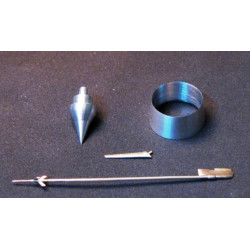


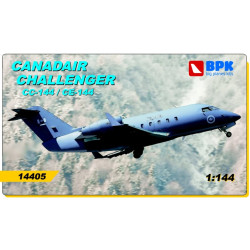
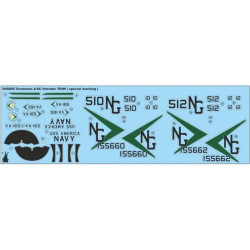

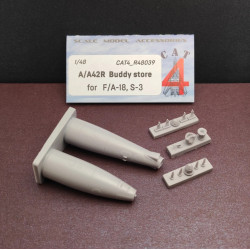

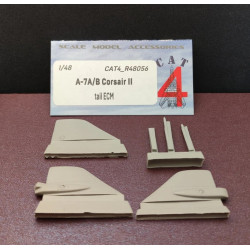
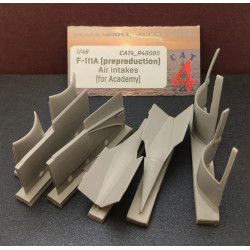
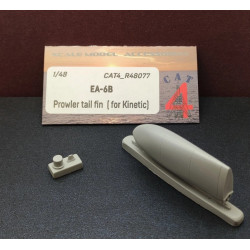
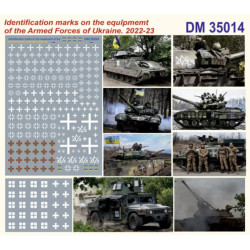





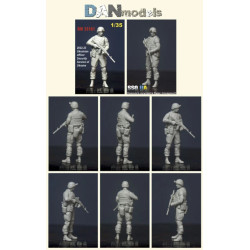
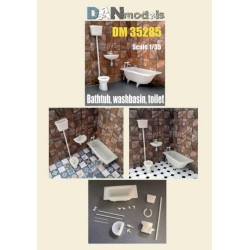
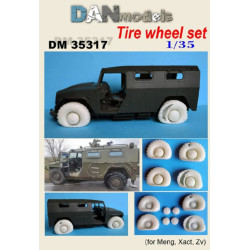
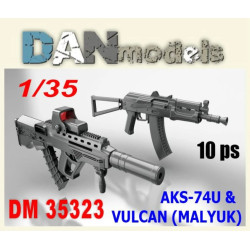
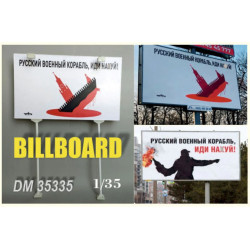
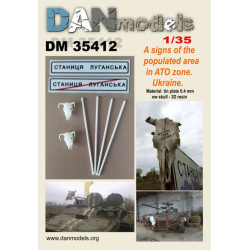


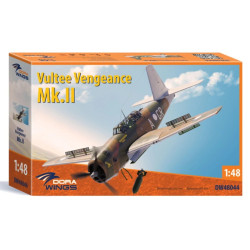

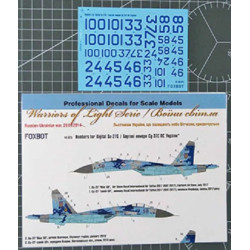

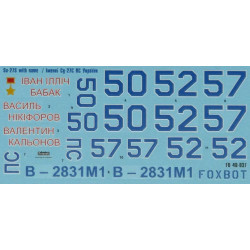

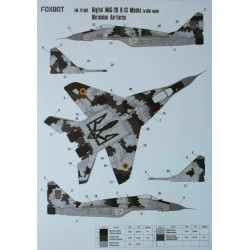






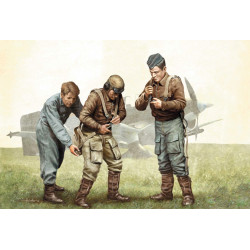

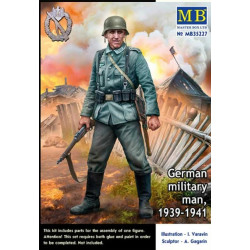













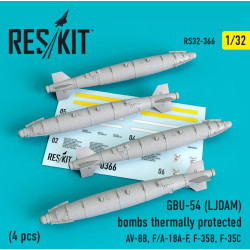










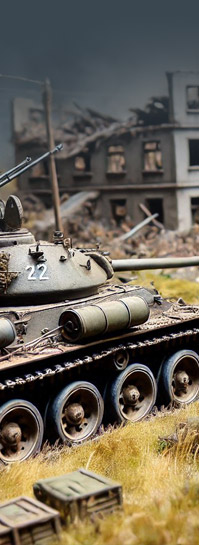

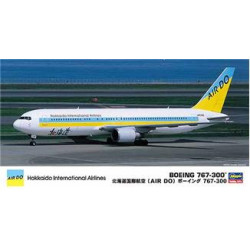
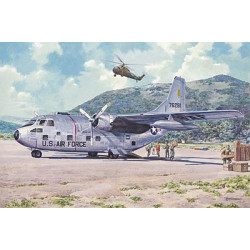
-250x250w.jpg)

